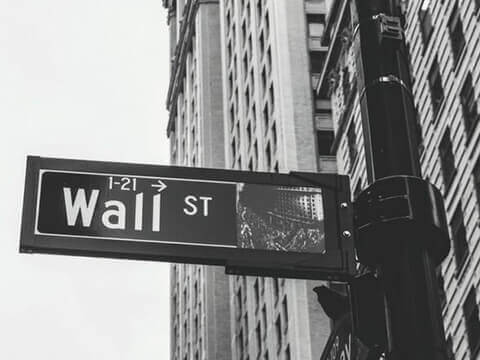 While the economic impacts are not fully known yet, it can be instructive to review the lessons of history. This allows for investors to protect themselves while also not missing any potential opportunities.
While the economic impacts are not fully known yet, it can be instructive to review the lessons of history. This allows for investors to protect themselves while also not missing any potential opportunities.
The Financial Crisis of 2008-2009
When the housing market crashed during the financial crisis of 2008, entire companies were wiped out. Over lending, deregulation of the financial industry and an overextended economy, resulted in falling home prices and a banking industry that nearly collapsed.
Hasbro – Toy and entertainment company Hasbro thrived during this economic recession. Their strong performance of licensed brands such as Star Wars and Marvel performed very well.
Ross Stores and Walmart – As economic conditions worsened, consumers looked for value bargains in apparel. Ross Stores, Walmart and TJ Maxx were the clear beneficiaries of this trend. Ross Stores stock outperformed the market by 56%.
The Great Depression
The start of the Great Depression came near the end of 1929 and lasted for 10 years. During this time, unemployment increased and disposable income dropped considerably. While this economic downturn affected everyone, there were still companies and businesses that grew during this time.
Movies – While many movie houses closed doors, the industry became creative and slashed prices while offering double features. This allowed film studios to produce less expensive movies and patrons to feel as though they were getting a bargain. Movie houses also employed the use of giveaways to fill seats.
Proctor & Gamble – Many consumer product companies faced troubling times during the Great Depression, but P&G understood that people still needed soap and cleaning products. The company deployed new and innovative advertising mediums to target homemakers, including the creation of the soap opera.
Infrastructure – The New Deal enacted by FDR, was a series of public works projects to help put unemployed Americans back to work. These programs included construction of bridges, roads, airports, public buildings, and other structures. This initiative improved America’s value by investing in infrastructure and increasing our country’s assets.
Spanish Flu of 1918-1919
The Influenza pandemic that occurred over the period of 1918 to 1919, infected 500 million people resulting in 40 million people dying worldwide, including 675,000 in the US. There was significant economic disruption with temporary closures, decreased demand and lack of workers. The stock market dipped by 20% and fully recovered in Feb 1919. Overall, the economic losses were relatively short-term. While there is less concrete evidence of specific companies that thrived during this time, it was well known that health care related businesses such as drug stores did much better than those in service industries.
Lessons learned
While each time frame and economic circumstance is different, there are some commonalities that can be gleaned from reviewing the results of companies and industries that thrived.
Diversification – The first and most important takeaway is diversification. Investors in the stock market should ensure that their portfolios are fully diversified. For real estate investors, they should diversify the type of properties they own and the kind of tenants they lease to.
Health care – While the entire industry isn’t immune, drug stores, PPE, health care related retail and smaller clinics do well in an economic downturn. Even more so during a pandemic or health crisis related downturn.
Hard assets – Whenever possible, investors should have an allocation of hard assets. While precious metals are an obvious choice, infrastructure plays like railroads, toll roads and bridges are good investments in economic downturns.
Entertainment – Consumers want to be entertained as an escape from their everyday problems. While some venues may not work well during certain crisis, the recent performance of Netflix is clear validation of this trend.






